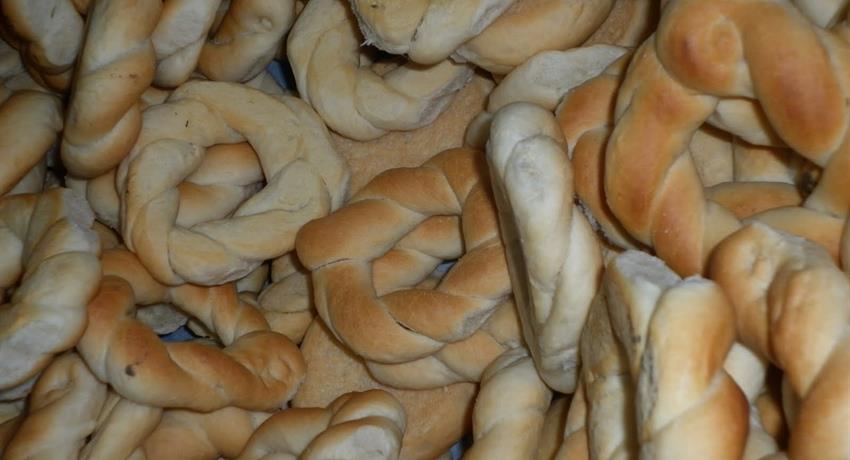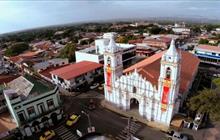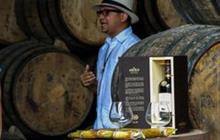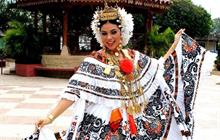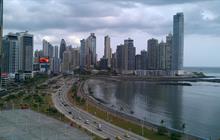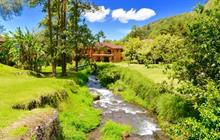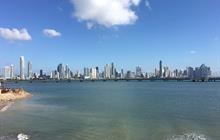Made in Herrera Tour
Discover the most traditional products of the Herrera Province. Observe how the salt is extracted from the Pacific Ocean using the same technique the indigenous invented long time before the Spanish arrived to the Americas; learn why the village of La Arena is famous for its pottery and see how hard it is to use the potter’s wheel; visit a traditional sugar cane mill to see how the refreshing sugar cane juice called “Guarapo” is made and how sugar cane honey is cooked.
- Try the famous artisan bread from Herrera.
- Observe the salt extraction process of the Pacific Ocean.
- See the process of creating handcrafted pieces to decorate.
AVAILABILITY
Daily
DURATION
3 hours
START LOCATION
Herrera
END LOCATION
Herrera
TOUR LANGUAGE
English and Spanish
Related places and things to do
Detailed Description
The Herrera Province is very famous for its “Pan de La Arena” – Arena Bread, a special type of bread baked in the community of La Arena. The bread is baked in wood-fired clay stoves which gives it an excellent taste – especially when consumed right out of the oven. Many travelers coming through La Arena will always stop at one of the traditional bakeries to buy fresh bread – best enjoyed with local white cheese and a hot cup of coffee.
The village of La Arena is also very famous for its tradition in Pottery. Clay is extracted from several places on the Azuero Peninsula and after drying it in the sun and mixing it with water twice, the raw material is taken to the potter’s wheel where skillful artisans shape jars, vases and many other forms of pottery. After shaping the pieces, they are dried in the sun for several hours before being baked in wood-fired clay stoves and finally painted with colorful designs.
The extraction of Salt from the Pacific Ocean has been practiced in the region long before the Spanish arrived to the Americas. In the chronicles both Andagoya and Espinosa write about huge salt deposits the different indigenous chiefs had when they arrived to Azuero. Today, the process of extracting salt from the ocean is still the same as it was hundreds of years ago: during high tide seawater is led through channels into shallow pools. The water remains in these pools up to 15 days while it evaporates little by little, leaving behind large salt crystals. The salt is then extracted by skillful salt workers with special instruments, always avoiding mixing the salt with dirt to maintain its purity.
Sugarcane was brought to Panama from the Caribbean islands by the Spanish during the conquista. Especially in the Herrera Province, sugarcane has ever since become the most important crop for the local economy. Sugarcane is processed artisanally – it is grown during Panamanian winter (May – November) and harvested in summer (December – April). Once it is cut, its juice – called Guarapo – is extracted. The juice is then being processed into sugarcane honey which is then used to sweeten coffee and pastries.
Tour Tickets (may vary by date)
| Ticket | Price (USD) |
|---|---|
| General (P/P) | 45.00 (USD) |
Tour Itinerary
8:30 AM
Tour Departure
Included
- Transportation.
- Bilingual tour guide.
- Entrance fees.
- Water.
Recommended
- Sneakers.
- Comfortable clothes.
- Camera.
Cancellation Policy
Price is valid for groups of minimum 4 persons from/to Chitré. Contact us for rates for smaller groups, different pick-up points (Pedasi, etc.) and our monthly specials.
